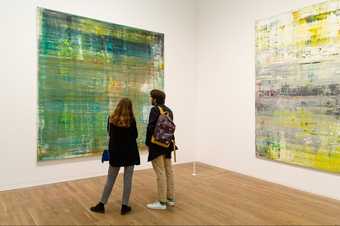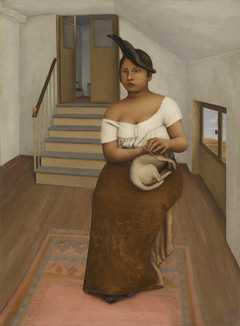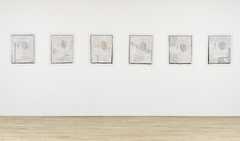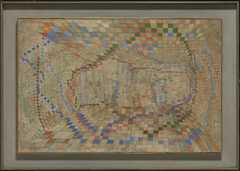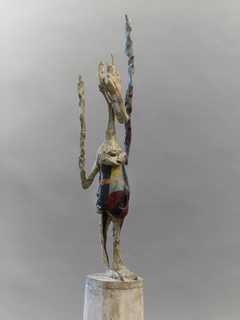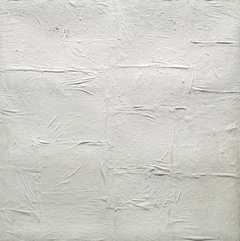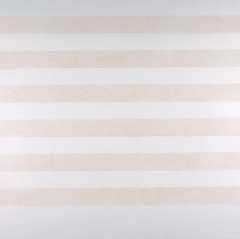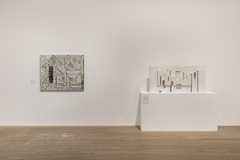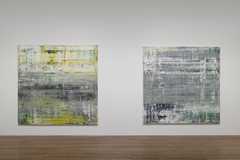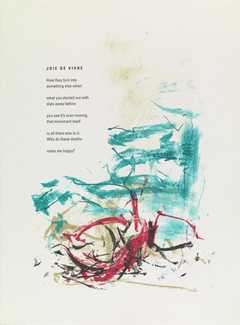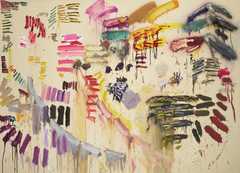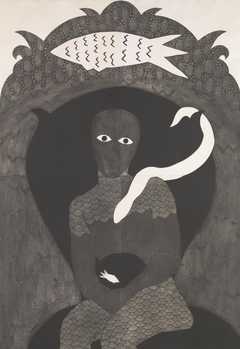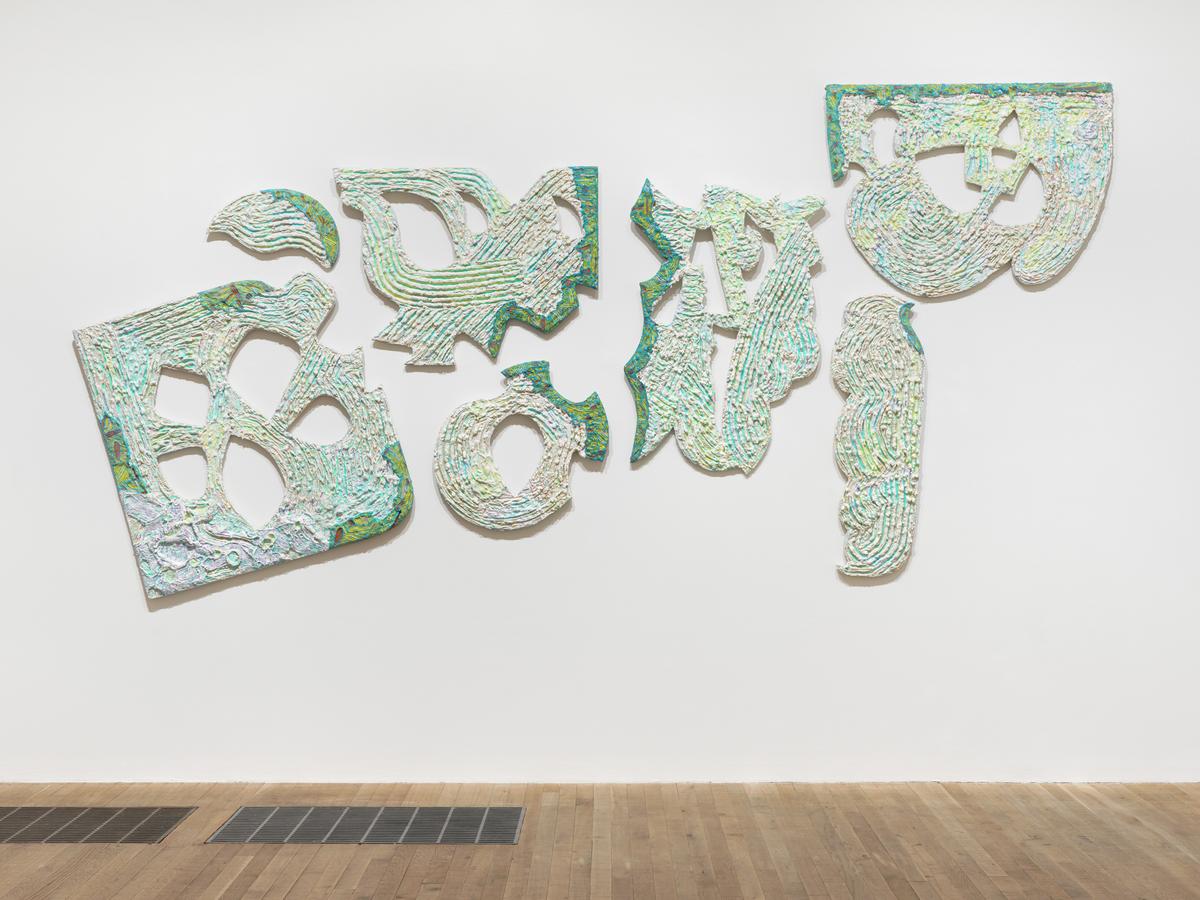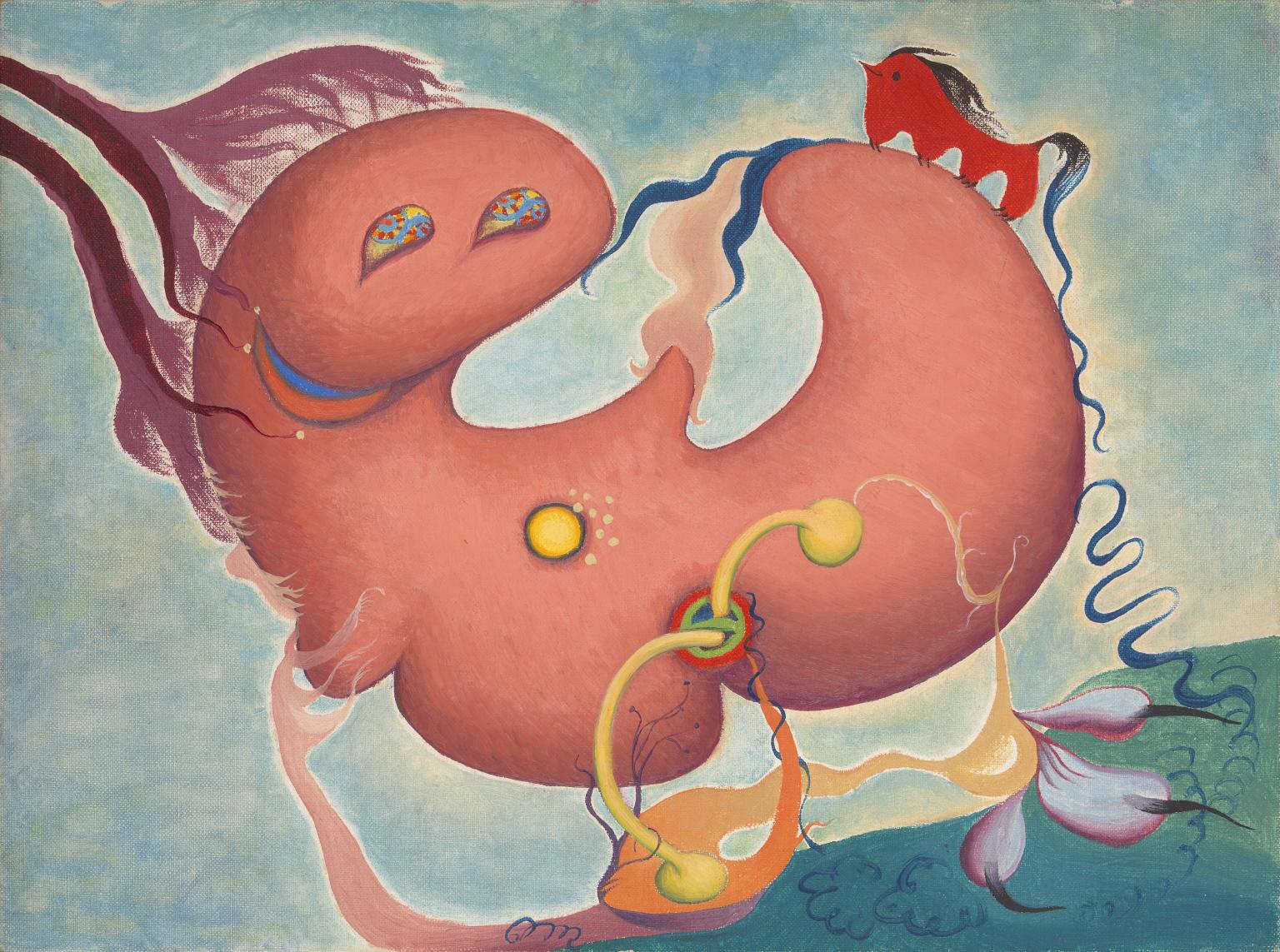Free Display
In the Studio
Investigate the processes artists use to make artworks, and how our responses are integral to the piece
The close engagement between the individual and the work of art, whether an artist’s process of making or a viewer’s experience of looking, is the focus for this display.
It includes depictions of artists’ studios as well as abstract works that draw attention to the complex nature of perception.
11 rooms in In the Studio
Highlights
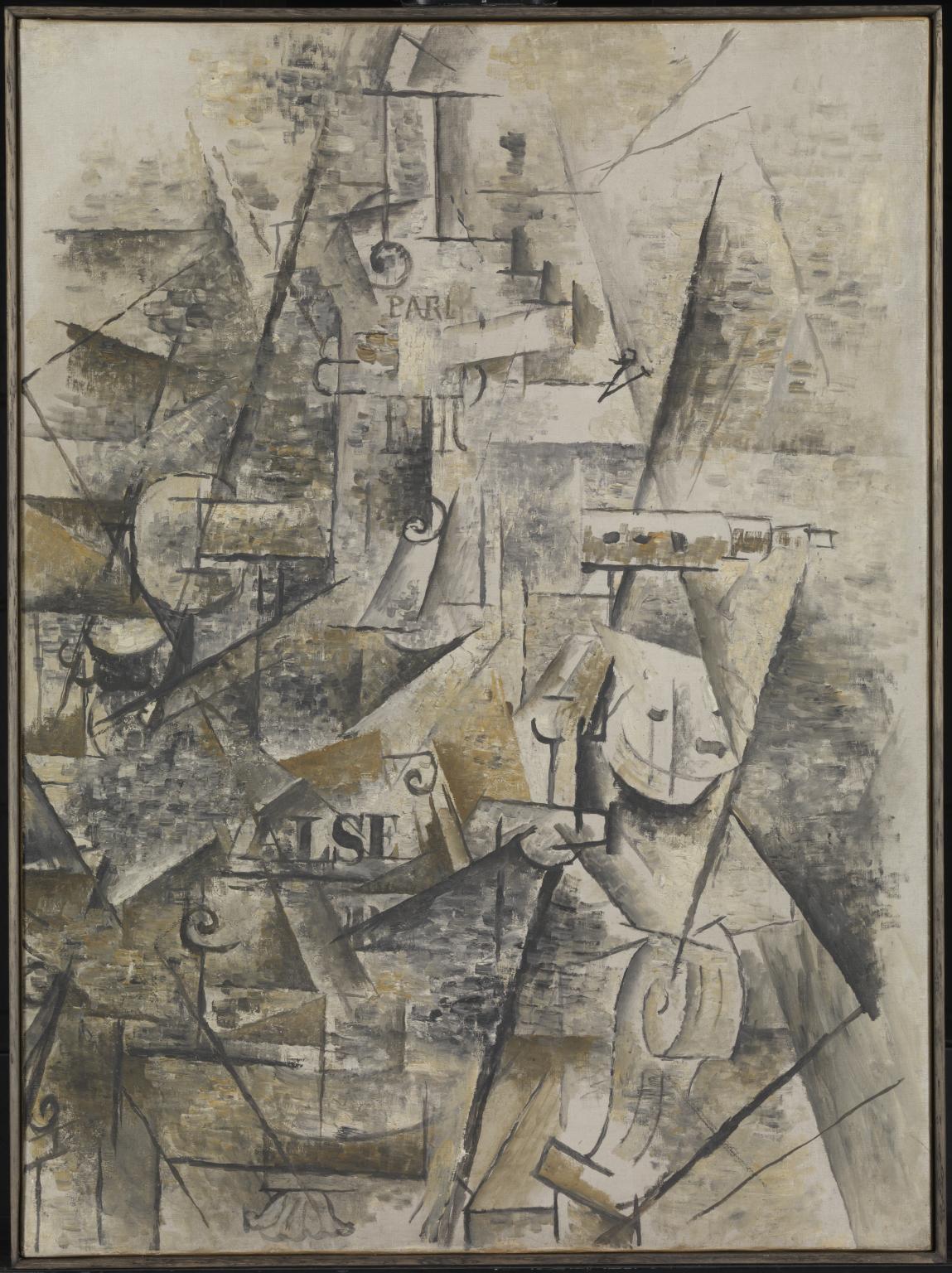
Georges Braque
Clarinet and Bottle of Rum on a Mantelpiece
1911
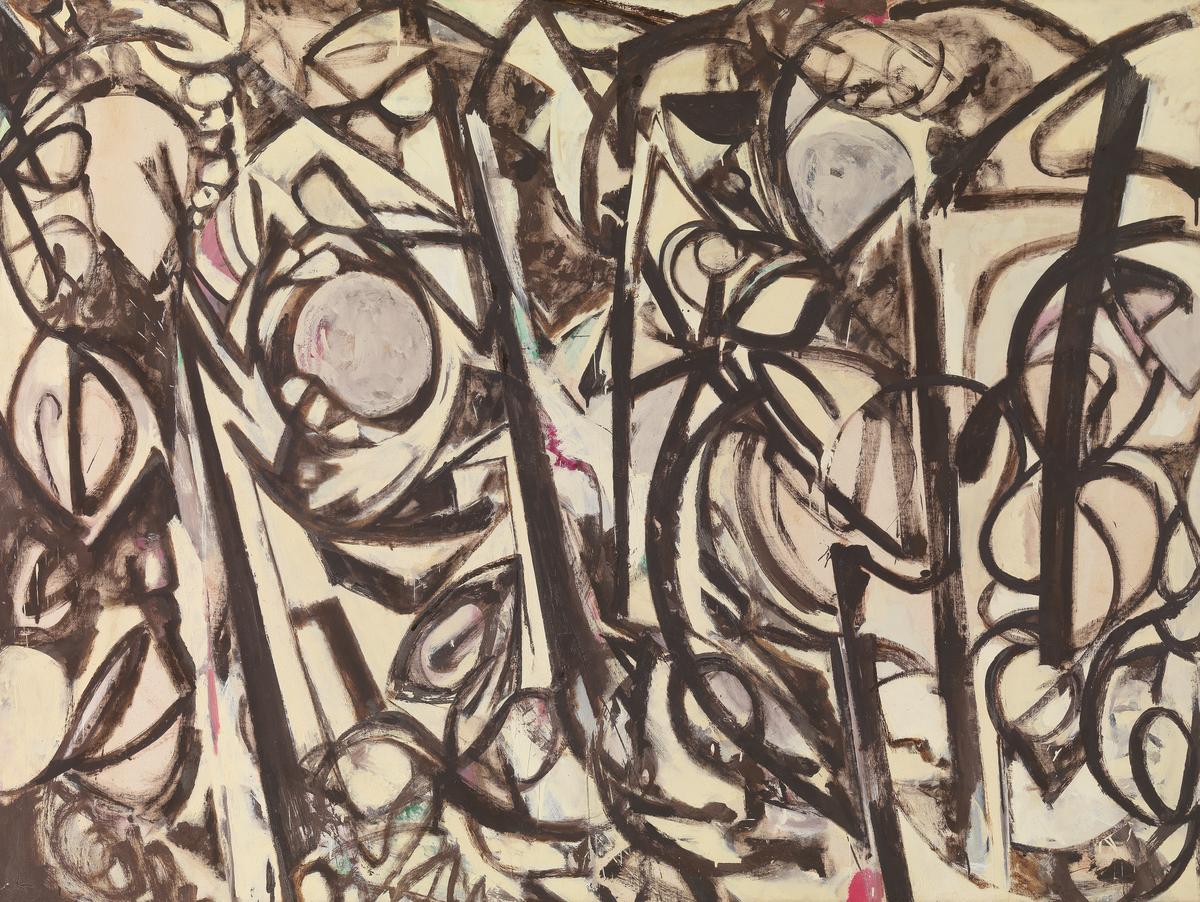
Lee Krasner
Gothic Landscape
1961
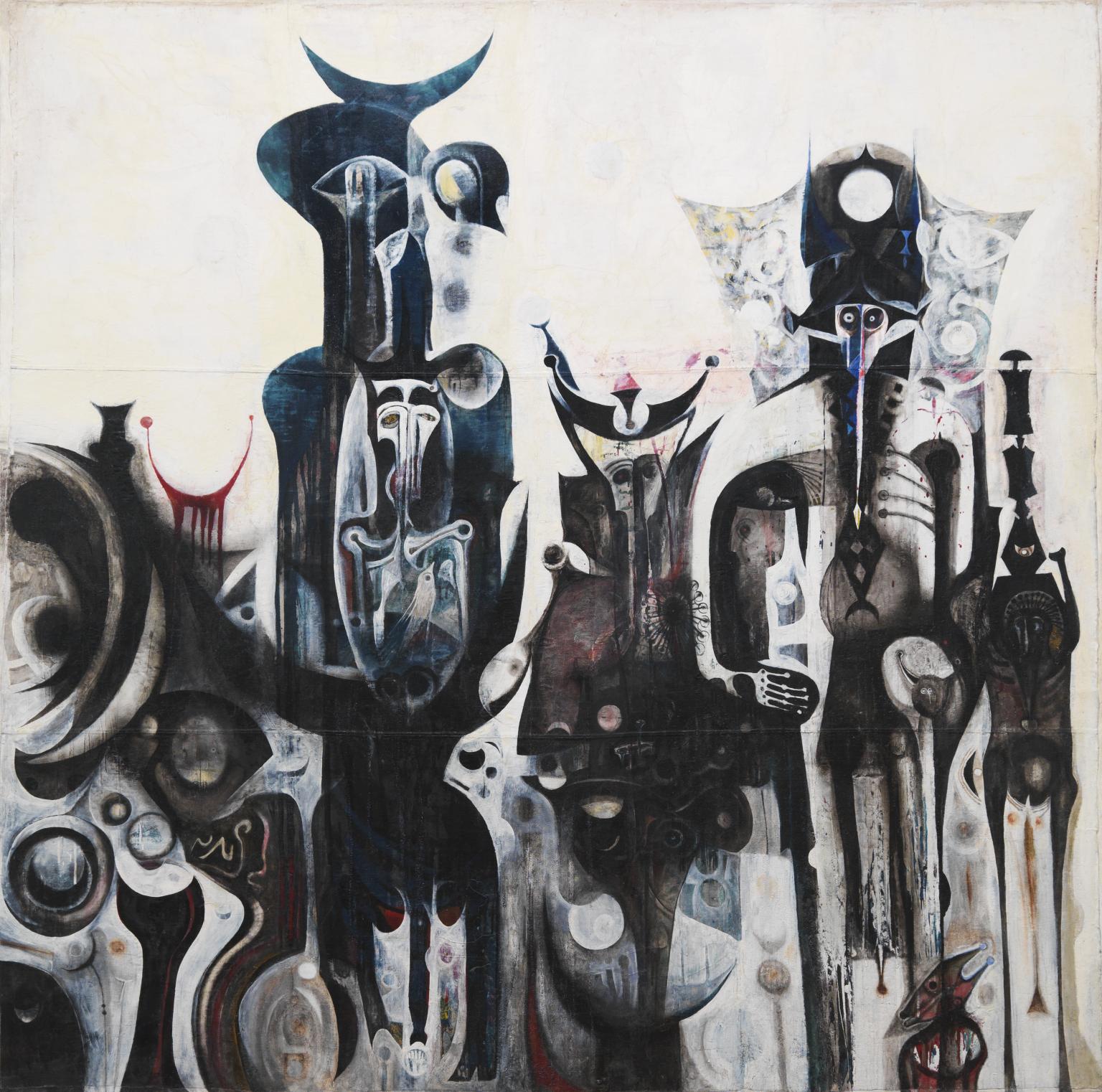
Ibrahim El-Salahi
Reborn Sounds of Childhood Dreams I
1961–5
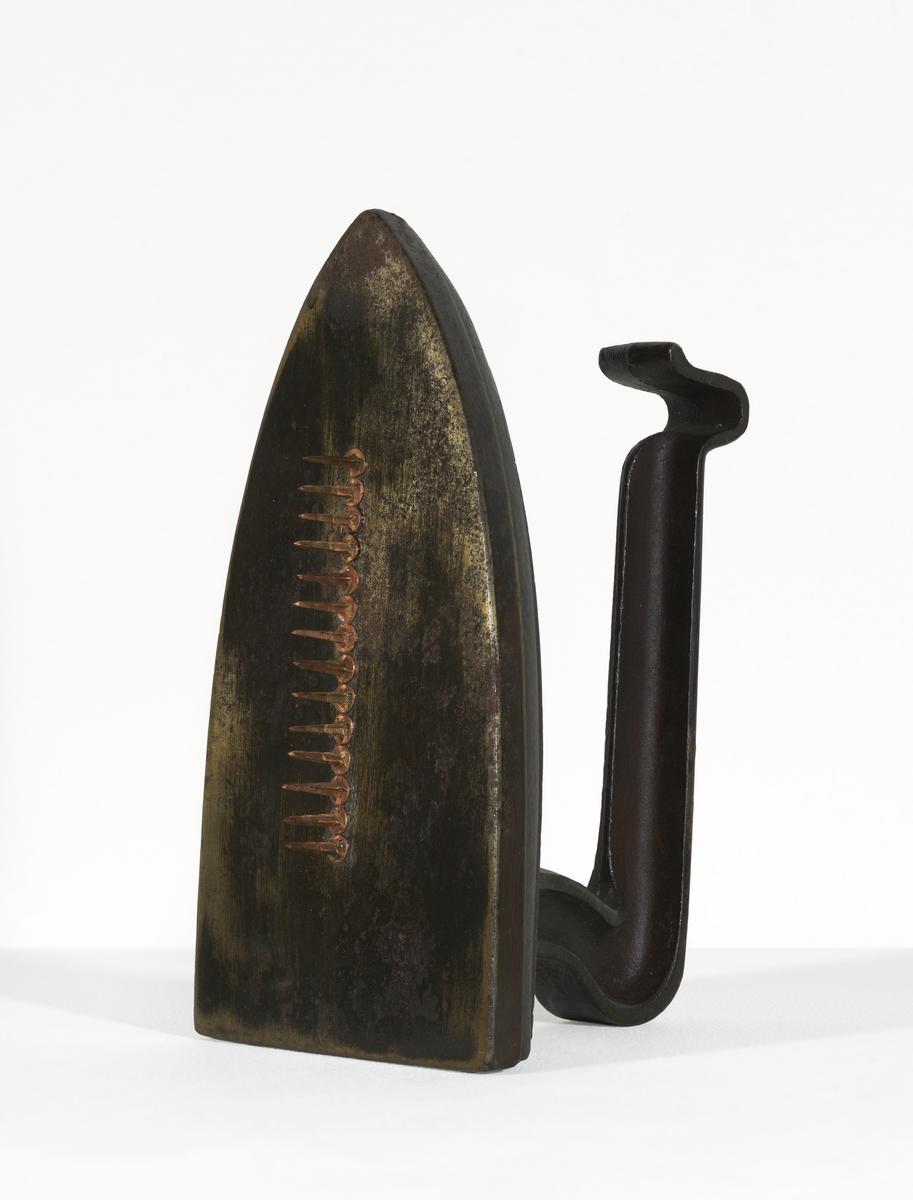
Man Ray
Cadeau
1921, editioned replica 1972
You've viewed 4/6 highlights
You've viewed 6/6 highlights
